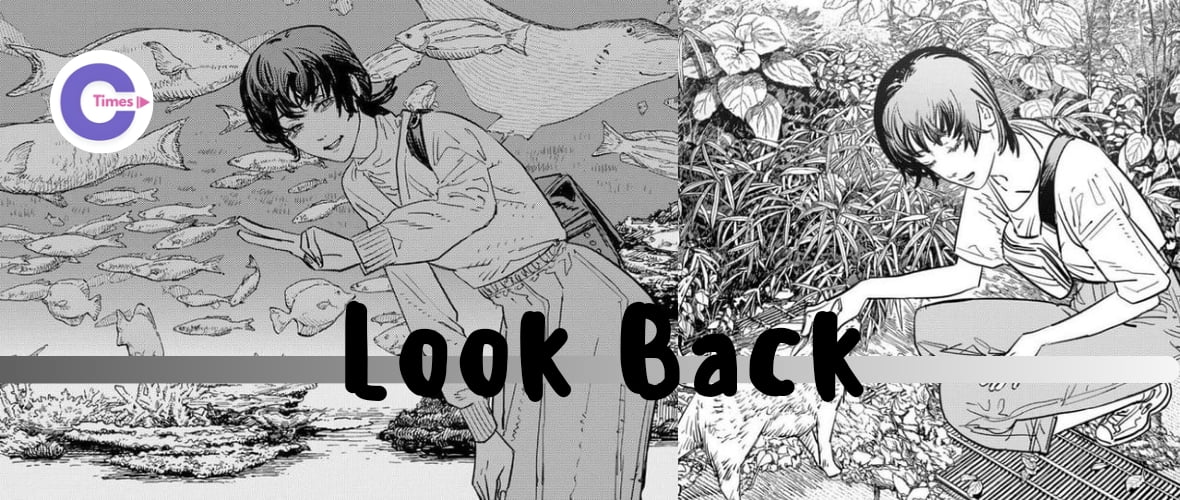The anime film, directed by Kiyotaka Oshiyama, Look Back, has gone through huge challenges by being rejected by quite a number of film festivals. Unveiled at Anime Expo 2024, this surprise turn of events opened boundaries with respect to the criteria and expectations from international film festivals.
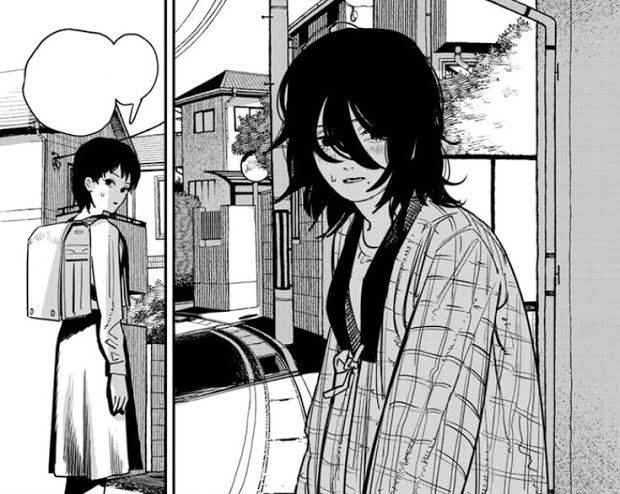
Concept of Look Back
Look Back is based on the hit one-shot manga by Tatsuki Fujimoto. It is a story about two girls, Fujino and Kyomoto, who become friends due to their love of drawing. Adapted by Oshiyama, this film is supposed to detail the story further to show the development of the main characters in a much more detailed and emotional way.
The manga was adapted into a film with the viewpoint of bringing Fujimoto’s unique way of storytelling to a large audience. A story full of personal growth, artistic passion, and the tribulations of friendship was a promise of a rich tapestry for a cinematic experience.
Production Journey
The production of Look Back was very detailed. StudioDur-an was due to offer high-quality animation, working on the project with Oshiyama at the front line. One of the major challenges was how to remain true to the manga while bringing an additional feel that distinctly made the film cinema.
Oshiyama wanted to give this short story more form, so there was an extension of the original to increase it into a full-length feature film. This included inserting new scenes and lines that gave more depth to the characters and added weight to the narrative. The intention was to get to a movie that was pleasing to manga fans yet worked as a solo piece of storytelling with power of its own.

Challenges and Rejections
The biggest obstacle that hit Look Back was its runtime. The team had a film that ran just about 60 minutes long, below the minimum feature runtime of 70 minutes for most international film festivals. This suddenly turned into a major technicality and drove away countless rejections.
Oshiyama revealed how frustrating it was that teamwork got repeatedly rejected. The director underscored that all of this rejection was not based on matters of quality or any other defect in the film, but because of its length—a point many festivals use as a primary criterion.
Industry Insight and Criteria of Festivals
The question of runtime raises a larger debate in the cinema world about what festivals look for when choosing their films. Toshiyuki Inoue, an animator who worked very closely with the film, shared production and the commitment behind bringing Look Back into being.
He commented that most festivals are very tight about their regulations and seldom accommodate any creative works that do not fit into conventional formats. This may stifle innovation, ruling out special projects that would have otherwise succeeded with critics and audiences alike.
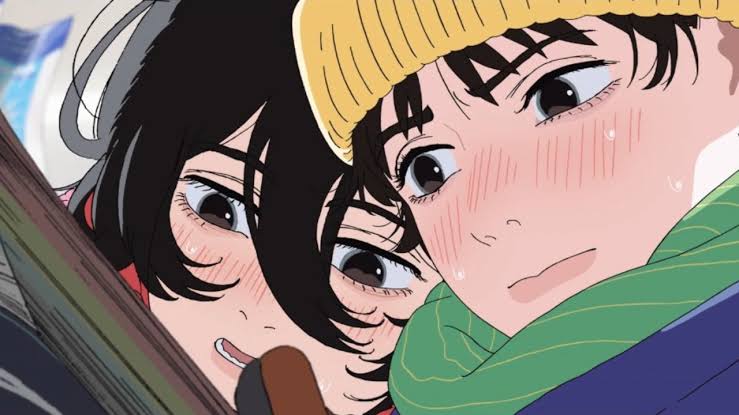
Reception and Success with Audiences
Although Look Back failed in the festival circuits, it did fairly well in Japanese theatres. Immediately upon its release on 28 June 2024, the film earned more than 227 million yen in the first three days. The kind reception given by the domestic audience redeemed everything and really proved that the film still held some selling power.
Larger Implications for Anime Films
The deadlock situation of the Look Back exemplifies a far more general problem in the anime industry itself, with the way it interplays with international film festivals as a whole. Contained within such rigidity will be what most suppresses the global spread of innovative anime films that break away from traditional formats.
This case once more evidences the need to take a more inclusive approach by festivals, one that heralds the tolerance of diversity in forms of storytelling and artistic expression within the medium of anime itself. This, with greater flexibility, will hence provide opportunities for anime films to break through to international acclaim and appreciation.
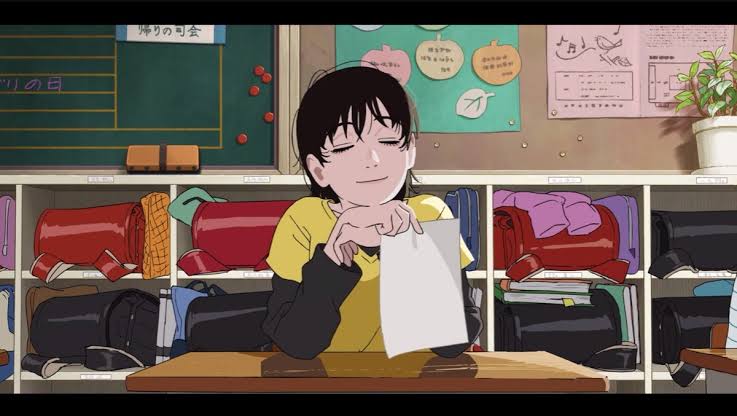
Conclusion: The Resilience of Creative Vision
From its very conception down to its eventual release, Look Back was a journey of resilience in the face of challenges. Oshiyama and his team gave in completely to their idea of creation, and thus came out with this film that had seen setbacks but was successful and did reach out to people.
Look Back manifests the patience that is needed in the entertainment industry. More importantly, however, it serves as a call to action for revisionism within the criteria for film festivals so that evaluation becomes more tolerant and open to various ways of telling a story.
Looking Forward
As Look Back continues on its run, it is sure to inspire many creators in its wake who face somewhat similar challenges as Oshiyama and his team faced. Noting the success in Japan itself but with prospects even internationally, this has hence cemented the fact that a well-told story never goes out of style, neither does artistic dedication. This bodes quite well for the future of Look Back in being able to attain an even farther reach and make its statement within the anime industry.
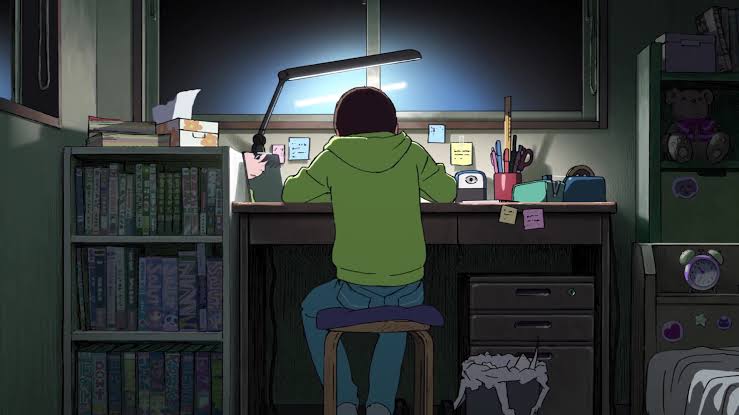
To keep yourself updated on more anime related news, make sure to check our websites. Feel free to comment your views on this rejection faced by Look Back!
